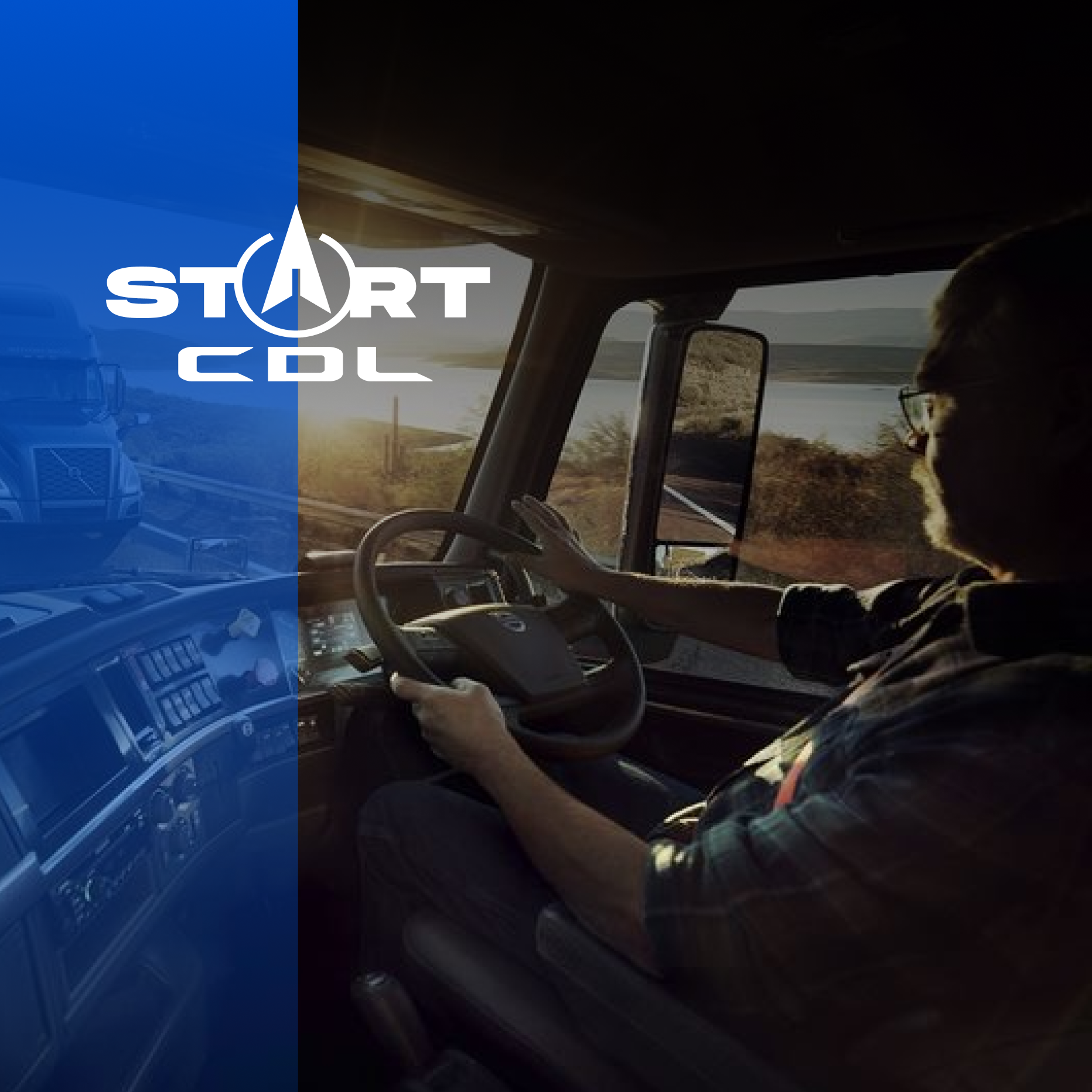

Choosing between a step deck and a flatbed trailer can significantly impact the efficiency and safety of hauling items. Each type of trailer has its own strengths and limitations, making it crucial for business owners to understand the differences between them. For those looking to start a career as a commercial driver, it’s important to be aware of the distinctions between flatbeds and step deck trailers. In this article, we’ll explore the nuances of these trailers, including their characteristics, advantages, and drawbacks.
What are Step Deck Trailers?
Step deck trailers are characterized by their lower deck height compared to other trailers. One of their distinctive features is the presence of two deck levels: an upper and a lower deck. The lower deck typically extends towards the rear of the trailer, providing additional space to accommodate taller loads while still keeping the overall height lower.
Difference between Drop Deck and Step Deck Trailer
The terms “drop deck” and “step deck” are often used interchangeably, but they actually refer to slightly different trailer designs. A drop deck trailer typically has a lower main deck height compared to the front and rear sections, allowing for easier loading and unloading of taller cargo. On the other hand, a step deck trailer has two distinct deck levels: an upper and a lower deck. The lower deck usually extends towards the rear of the trailer, providing additional space for taller loads while still maintaining a lower overall height compared to traditional flatbed trailers. So, while both types of trailers have features to accommodate taller cargo, the specific design details differ between drop deck and step deck trailers.
Advantages of Step Deck Trailers
=>Step deck trailers can carry taller freight while staying within height limits. The lower deck allows for oversized cargo that may not fit on other trailers. They’re great for hauling machinery, materials, and equipment. Plus, the lower deck reduces the risk of cargo shifting or tipping, making transportation safer.
Limitations of Step Deck Trailers
While step decks offer flexibility, they come with a lower payload capacity due to their reduced deck space. The added complexity and specialized design of these trailers can result in higher operating costs. Moreover, it’s important to note that loading and unloading cargo on step deck trailers may require additional equipment or specialized handling techniques, especially for oversized or irregularly shaped loads.
What are Flatbed Trailers?
Flatbed trailers are the most common type of open-deck trailers used for transporting a wide variety of goods. These trailers feature a flat, level deck without any upper or lower levels, providing a simple and versatile platform for loading and securing cargo.
Benefits of Flatbed Trailers
Flatbed trailers have a larger deck area compared to other trailers, allowing for the transportation of heavier and bulkier cargo. The absence of upper or lower decks simplifies the loading and unloading process, reducing the need for specialized equipment or handling procedures. Additionally, flatbed trailers are typically more cost-effective to operate and maintain than other types of trailers. This makes them a preferred choice for businesses looking to minimize transportation costs.
Limitations of Flatbed Trailers
Flatbed trailers have a higher deck height compared to other trailers, limiting their ability to transport taller freight within height clearance constraints. Securing tall or irregularly shaped cargo on this type of trailer can pose significant challenges, increasing the risk of load shifting or instability during transportation. While flatbeds are indeed versatile and ideal for a wide range of cargo, they may not be as accommodating as step deck trailers when it comes to irregularly shaped loads.
Which is Better: Step Deck or Flatbed Trailer?
Determining whether a step deck or flatbed trailer is better depends on various factors such as the type of cargo being transported, loading requirements, and specific preferences of the hauler. Step deck trailers offer the advantage of lower deck height, making them suitable for taller cargo while still complying with height restrictions. They also provide additional space for oversized loads and offer flexibility in loading and unloading. On the other hand, flatbed trailers have a larger deck area and are more cost-effective to operate and maintain. They are ideal for a wide range of cargo types and offer simplicity in loading and securing freight. Ultimately, the choice between a step deck and flatbed trailer boils down to the specific needs and preferences of the hauler, as well as the requirements of the cargo being transported.
Final Thoughts: Step Decks and Flatbed Trailers
Choosing between a flatbed trailer and a step deck trailer requires careful consideration of the specific requirements and limitations of each transportation task. By evaluating key differences between the two trailer types and exploring their strengths and weaknesses, businesses can make informed decisions to optimize their freight transportation operations and ensure the efficient and safe delivery of goods.
Related Articles
10 years of experience
and
10000+ graduated
students with CDL
Feel free to ask
us any questions about
getting a CDL in the USA


 @startcdl
@startcdl
 +1 (224) 520-3169
+1 (224) 520-3169






